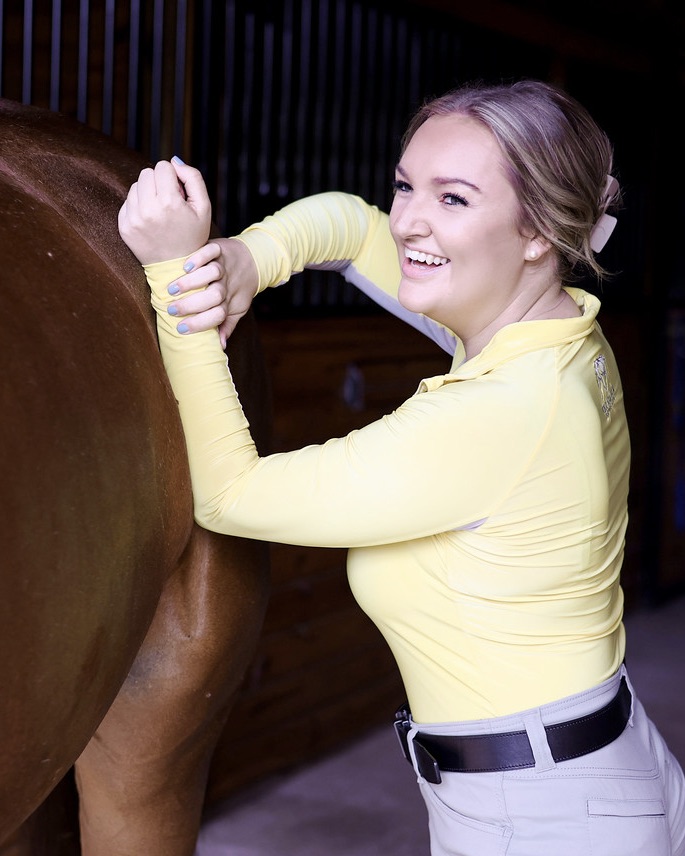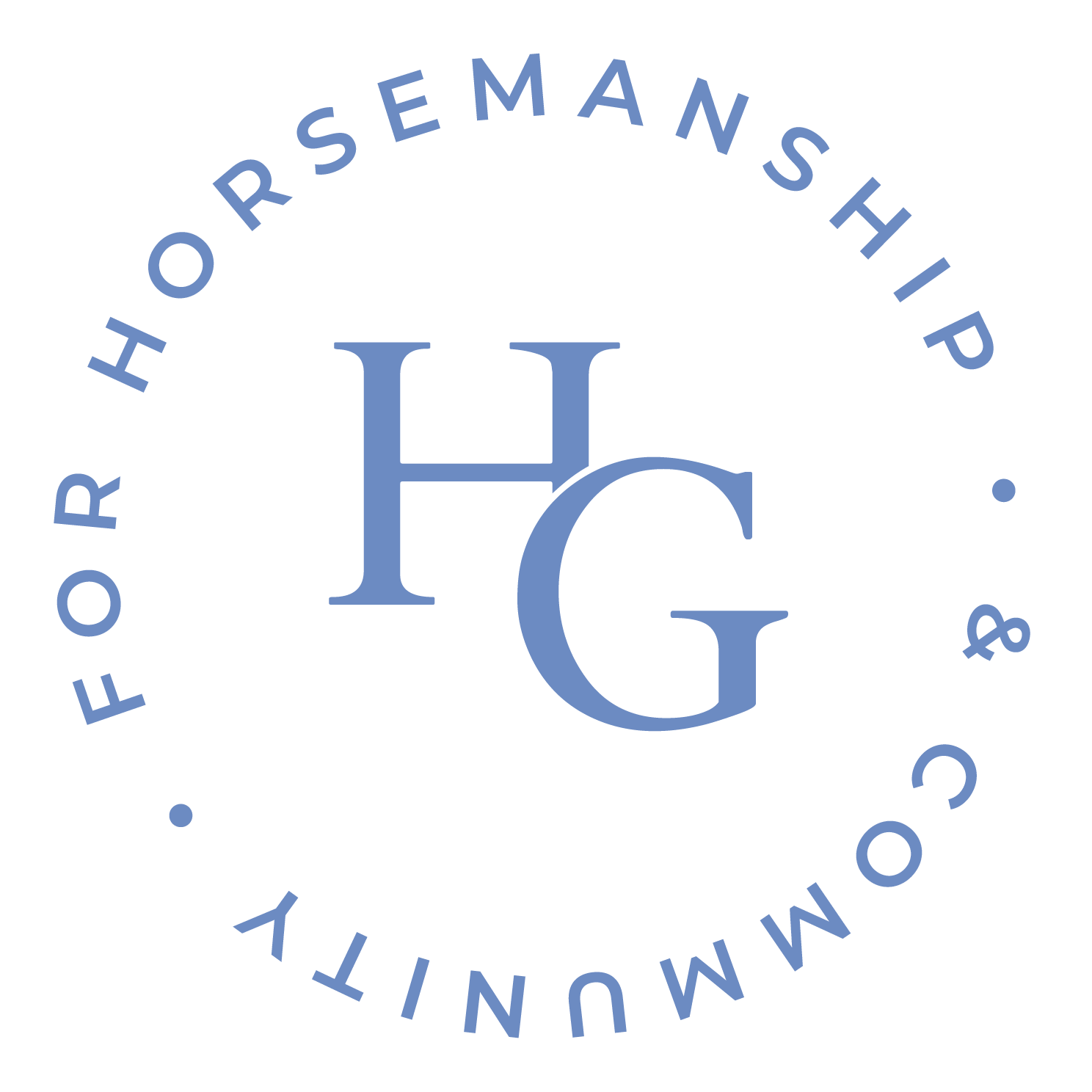What in the world am I talking about when I say “The Gray Scale of Equine Bodywork”? Well, let’s begin with the definition of “Gray Scale”:
“Gray Scale (Noun): A series of regularly spaced tones ranging from black to white through intermediate shades of gray.
Also: an image composed solely of gray scale tones.
Grayscale (Adjective)” – Merriam-Webster
Viewing the World in Black and White
Over my lifetime, I have experienced many professionals in the Equine Industry (and human beings in general) viewing the world in black and white. These professionals believe in things that are right and things that are wrong; leaving no room for gray area. Their opinions and views are strong and unwavering despite new research coming to light, giving them reason to alter their beliefs. Yet, still they hold tight to their original belief system.
Each barn we work in has different views on the same topics, giving us different perspectives to refer to, but never letting us in on the “why”. However, even with these different experiences under our belt, we’re rarely asked our perspective on the matter. We’re typically just expected to proudly adopt the belief system they offer. These topics could consist of nutrition, training aids, general horse care, work load, shoeing, discipline or manners, etc. Now before I go on, I must make it a point to say that not ALL barns or professionals are like this. I have worked for and met some incredible role models in this industry. However, more often than not, this black and white outlook on the industry is the “norm” that many grooms experience.
The Equine Industry is Ever-Evolving
This out-dated system makes it even more difficult than it already is for upcoming professionals to learn and understand what is correct, what is wrong, and how to utilize critical thinking skills in order to confidently adapt to the situation at hand when necessary. Not every management or training program works for every horse. We need to learn how to care for each horse’s individual needs. The horse that gets turned out the best was groomed by someone with many different tools and techniques; not just the ONE “best” tool that we’re used to and comfortable with. Every single person in this world has something to offer or bring to the table from their individual past experiences. In the Equine Industry, it is absolutely crucial to keep an open mind and maintain a well rounded education. The industry is evolving. You should too.
A Range of Colors and Shades
I could never train myself to see the industry in black and white despite the attempts of many former “superior” figures. I took pieces of black and parts of white and blended these portions together. This created a masterpiece of all of the different perspectives I gained through my different experiences. But nothing was JUST in black or JUST in white; there was always a range of these colors with room for them to constantly evolve and shift. New research and new experiences added different tones, swallowing the shades that were once there before it. I saw the equine industry (and life in general) in Gray Scale.
The Art of Gray Scale in Equine Bodywork
What does this have to do with Equine Bodywork? EVERYTHING. That’s what I love so much about this field. There is no such thing as black and white when it comes to working with a horse. No horse is the same, which in turn means no session should be the same. You need to adapt to the individual needs of each horse in the moment. Every horse has a different breed, age, discipline, work load, health concern, injury, show schedule, weight, height, conformation, etc. Each horse will respond to the sessions differently (during and after the session). Additionally, it can be easy to forget that each horse is constantly changing. So what worked for ol’ Thomas last week, may not work for him anymore. I consider Equine Bodywork to be the art of Gray Scale.
Be Mindful
This means that there should not be a “bodywork or massage routine” that you perform on each horse as if it’s a dance recital. There is no specific amount of time you work on each muscle, or a specific amount of pressure you must use. Each horse will show you what they need, you just need to read them and adapt to what they’re showing you. If quality bodywork was as easy as a simple routine, everyone would be excelling at it. Unfortunately this field is not as regulated as it should be and there are programs out there teaching and certifying potential equine bodyworkers a simple “routine” to do on every horse (a topic for another time). Nothing in this industry is in black and white. This closed-minded way of thinking does nothing but limit the growth and potential of both our horses and our grooms. If you have a professional on your team that can’t see the Gray Scale, it may be time to find someone who does. Always be mindful of who is working on and with your equine partners.


